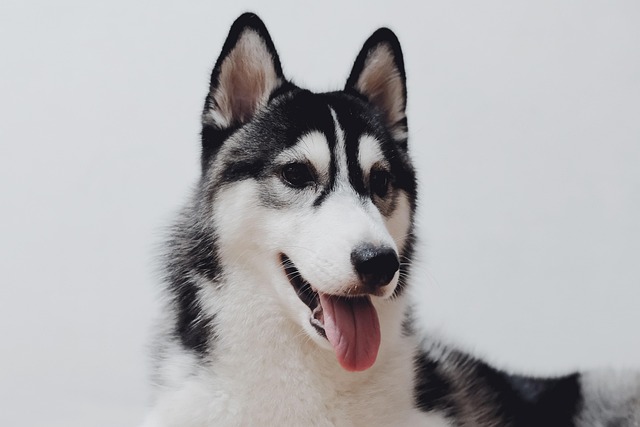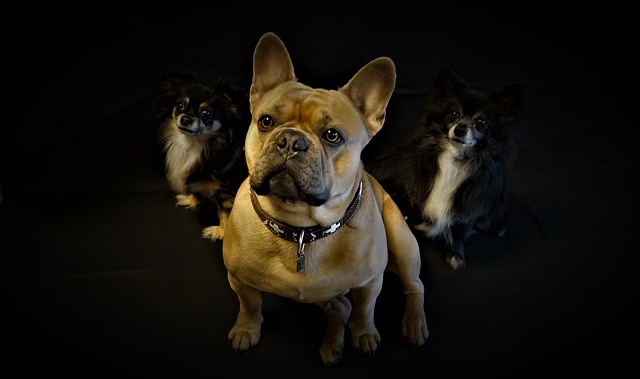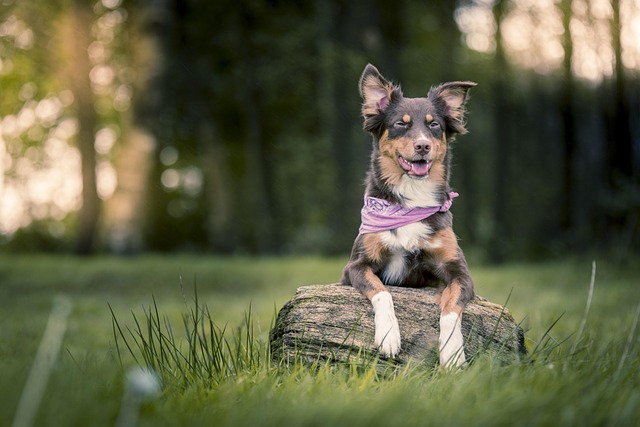
What age should dog training begin?
The moment that tiny ball of fur bounds into your life, it’s easy to feel overwhelmed with love—and questions. One of the biggest puzzles new dog parents face is figuring out when to start training.
When the temperature drops and snow blankets the ground, it’s tempting to curl up indoors with your dog. But those wagging tails still need action—even in the cold. Exercising your pup safely during winter isn’t just about burning energy; it’s about following local animal welfare guidelines and keeping both of you happy.
First things first: dress for the weather. Short-haired breeds or senior dogs feel the chill more. A warm coat or sweater isn’t a fashion statement—it’s practical. Some areas have leash laws year-round, so choose gear that attaches securely to your dog’s collar or harness. And don’t forget paw protection. Salt and ice melt chemicals on sidewalks can irritate paws, and in some regions, neglecting your pet’s foot health violates animal care regulations. Booties or paw balm create a barrier between their pads and the harsh elements.
Timing matters too. Avoid early mornings and late evenings when temperatures hit rock bottom. Opt for midday walks when it’s slightly warmer. In urban areas with noise ordinances, keep barking in check—cold air can make dogs more excitable. If your dog starts shivering or lifting their paws frequently, it’s time to head home. Remember, responsible pet ownership means recognizing when conditions aren’t safe.
 Indoor activities save the day when it’s too frigid outside. Teach your dog new tricks like “roll over” or “fetch in reverse.” Hide treats around the house for a fun scavenger hunt. Just be mindful of rental property rules—some leases restrict activities that could damage floors or disturb neighbors. Puzzle toys and tug-of-war games also tire out your dog without leaving the warmth of home.
Indoor activities save the day when it’s too frigid outside. Teach your dog new tricks like “roll over” or “fetch in reverse.” Hide treats around the house for a fun scavenger hunt. Just be mindful of rental property rules—some leases restrict activities that could damage floors or disturb neighbors. Puzzle toys and tug-of-war games also tire out your dog without leaving the warmth of home.
For outdoor enthusiasts, modify your usual routine. Shorten your walk routes, but increase the number of outings. Avoid frozen lakes or ponds—local safety guidelines often prohibit pets near thin ice. In dog parks, respect other owners’ space. If your dog’s energy spikes in the cold, use a long line to control their movements and prevent accidental scares.
Hydration is key, even in winter. Cold air dries out your dog’s body, and they may not pant as much to signal thirst. Carry a travel water bowl on walks and refill it regularly. In multi-pet households, make sure each dog gets enough exercise time. Some regions enforce pet fitness standards to prevent overcrowding at public facilities.
Winter exercise isn’t about maintaining a strict routine—it’s about adapting with care. By taking these precautions, you’re not just keeping your dog active; you’re ensuring they stay healthy within legal boundaries. Each snowy adventure, whether big or small, strengthens the bond between you and your furry friend. After all, a happy dog makes even the coldest days feel a little warmer.

The moment that tiny ball of fur bounds into your life, it’s easy to feel overwhelmed with love—and questions. One of the biggest puzzles new dog parents face is figuring out when to start training.

Coming home to a barking marathon or getting complaints from neighbors can make you feel like you're failing as a dog owner.But before you reach for punishment,understand that excessive barking is your dog's way of communicating something's amiss.

Those razor-sharp puppy teeth sinking into your favorite socks—or worse, your toes—aren’t rebellion; they’re your furry buddy learning about the world.

You’re excitedly playing with your new puppy, only to end up with a yelp as their sharp teeth dig into your skin. It’s a common scenario for many first - time dog owners in the US

Coming home to a hoarse-throated dog and annoyed neighbors pounding on your door? That’s the telltale sign of separation anxiety—a common issue that turns your furry friend into a four-legged alarm clock when left alone.

Ever caught your pup giving you those pleading eyes before a walk, or noticed them tearing through the house like a whirlwind?